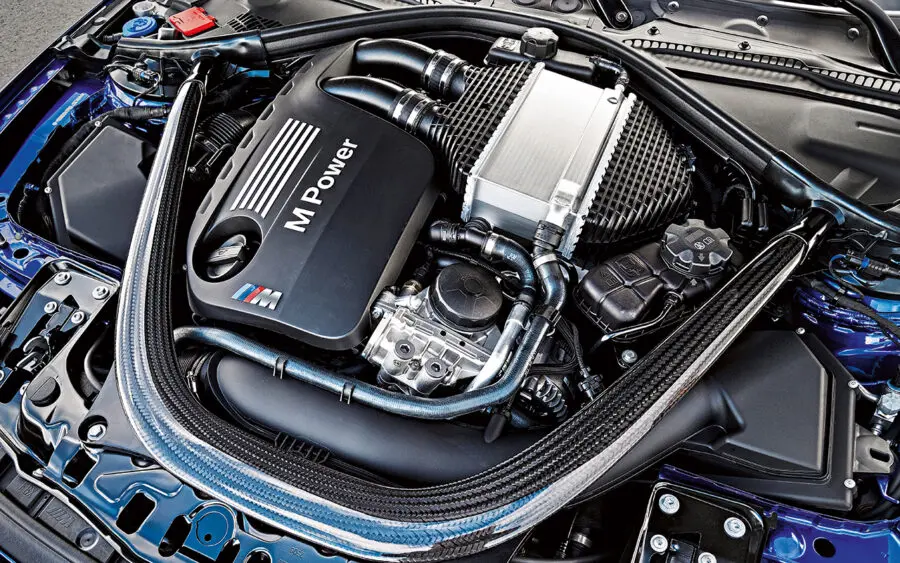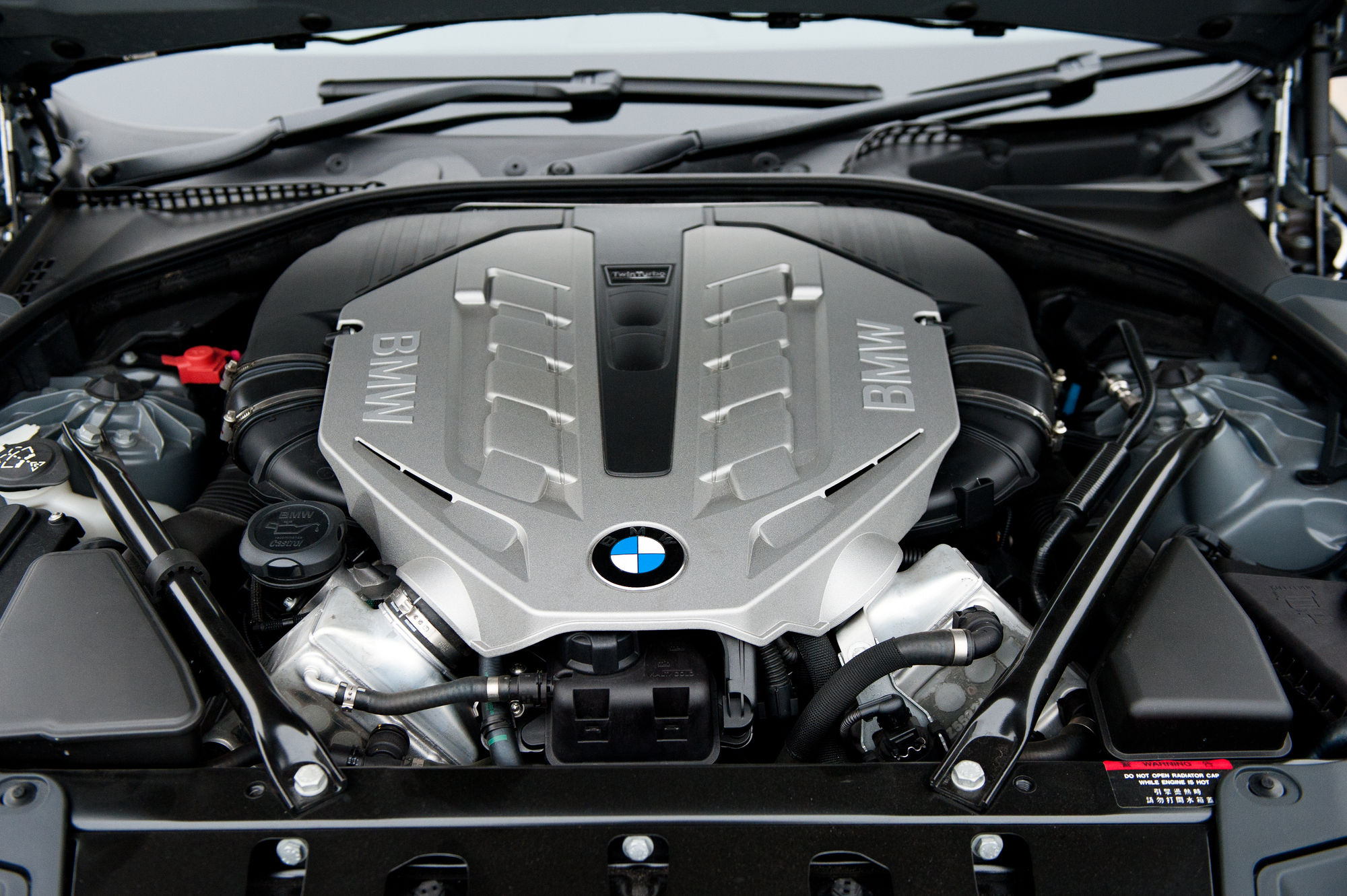Usual Concerns Encountered by BMW Engine Owners and Just How to Address Them
Usual Concerns Encountered by BMW Engine Owners and Just How to Address Them
Blog Article
Exploring the Advancement of Burning Engines in Modern Transportation Equipments
As we browse the landscape of modern transportation, the evolution of burning engines stands as a testimony to human resourcefulness and engineering expertise. From their humble beginnings to the innovative powerhouses propelling cars today, burning engines have undergone an impressive journey of development and adaptation. Understanding the details of this evolution not just clarifies the past yet also leads the way for envisioning what exists in advance in the world of transportation innovation. The interaction of history, technology, and environmental problems fit the trajectory of burning engines develops a narrative that is both engaging and informative.
Very Early Beginnings of Combustion Engines
Exactly how did the concept of combustion engines initial emerge in the early phases of transportation growth? The roots of burning engines can be mapped back to the 17th century when the principles of interior burning were very first discovered.
The advancement minute came with the creation of the first successful gasoline-powered engine by Karl Benz in 1885 - bmw engine. This engine led the way for the development of the modern-day auto, transforming transportation systems worldwide. Succeeding technologies by Nikolaus Otto and Gottlieb Daimler further fine-tuned combustion engine modern technology, leading to the automation of cars and the fast development of the transport industry
These early combustion engines were characterized by their simplicity and efficiency, laying the foundation for the complex and effective engines made use of in modern-day transport systems. The advancement of burning engines has been important in shaping the method we travel and transfer goods, marking a significant landmark in the background of transport advancement.
Transition to Internal Burning Innovation
The change to interior combustion technology noted a crucial change in the evolution of transportation systems. This change began in the late 19th century, with inventors like Nikolaus Otto and Gottlieb Daimler creating the very first successful internal burning engines. These engines reinvented transportation by supplying a much more effective and powerful choice to heavy steam engines and electric motors.
Among the crucial advantages of internal burning engines was their ability to be reduced to match cars, leading to the growth of bikes and cars. This change from large, fixed engines to small, mobile ones led the way for the modern-day transportation systems we see today.
The change to interior burning innovation additionally spurred innovations in fuel modern technology, resulting in the development of gas and diesel as key fuel resources for cars. This change not only made transport more obtainable to the masses however additionally laid the foundation for the oil and gas sector to become important to global economies.
Effect of Combustion Engines on Transportation
The fostering of burning engines in transportation systems militarized an extensive shift in the effectiveness and rate of global wheelchair. Burning engines transformed transport by offering a reliable and versatile source of power for different lorries, including vehicles, vehicles, ships, and airplanes. This advancement substantially enhanced the capacity for individuals and goods to relocate over long distances in shorter timespan, causing raised connectivity between regions and nations.
Additionally, the extensive use of combustion engines has actually had a considerable effect on financial growth. The capacity to deliver items successfully has actually stimulated profession and commerce, enabling companies to expand their markets and get to consumers worldwide. This has assisted in financial development and globalization, as products can currently be transferred quicker and in larger quantities than ever before.
However, the environmental impact of burning engines can not be ignored. The combustion of fossil fuels has actually brought about air pollution and greenhouse gas emissions, adding to environment modification and posing wellness dangers to populations. bmw engine. As an outcome, there is an expanding emphasis on creating alternate propulsion technologies to mitigate these unfavorable effects and develop a much more sustainable future for transport
Developments in Burning Engine Design
One significant technology is the development of turbocharged engines, which make use of exhaust gases to drive a turbine that compresses incoming air, permitting for even more gas to be scorched, resulting in raised power result without a substantial rise in engine size. Variable shutoff timing systems have actually also reinvented engine style by optimizing air flow at various engine rates, boosting both power and performance. These technologies jointly add to the constant enhancement of combustion engines in modern-day transportation systems.
Future Trends in Burning Engine Growth
With technology innovations driving continuous technology, the future of combustion engine growth is poised to reinvent transport systems worldwide. One of the vital trends in combustion engine growth is the push towards better efficiency and decreased exhausts.
Another noticeable fad is the adoption of hybrid innovations in burning engines. Hybrid engines combine standard burning technology with electric power, providing boosted gas efficiency go now and lower discharges. As the auto sector shifts towards electrification, hybrid combustion engines are seen as a transitional option that links navigate to this website the void in between conventional lorries and fully electric ones.
Furthermore, the combination of wise modern technologies, such as expert system and data analytics, is expected to play a significant role in the future of combustion engine development. These technologies can optimize engine performance in real-time, leading to much more efficient combustion processes and enhanced overall vehicle performance. Embracing these future trends will not only drive development in combustion engine advancement however likewise contribute to a more environmentally pleasant and lasting transport ecosystem.

Conclusion
In final thought, the evolution of combustion engines in modern-day transport systems has been marked by considerable advancements in technology and layout. From the very early beginnings of combustion engines to the transition to inner burning innovation, these engines have had a profound impact on transport.
The origins of combustion engines can be traced back to the 17th century when the concepts of interior combustion were initial discovered. These engines reinvented transportation by providing a more powerful and reliable option to steam engines and electrical motors.

Report this page